Russian writer and philosopher Oxana Timofeeva was born and grew up in various parts of the USSR. The book explores the difficulty of reducing one’s sense of homeland to one’s country alone, the philosophical interconnectedness of movement and rootedness, our plant and animal souls, and how we need to reimagine our desired, fictional if need be, homelands. The book interweaves vignettes from Timofeeva’s childhood across different parts of the USSR with a philosophical discussion of ideas on homeland in the thought of Brecht, Deleuze and Guattari, and other main figures of literature and philosophy. Design template by Julie Peeters. Cover illustration by Jumana Emil Abboud.



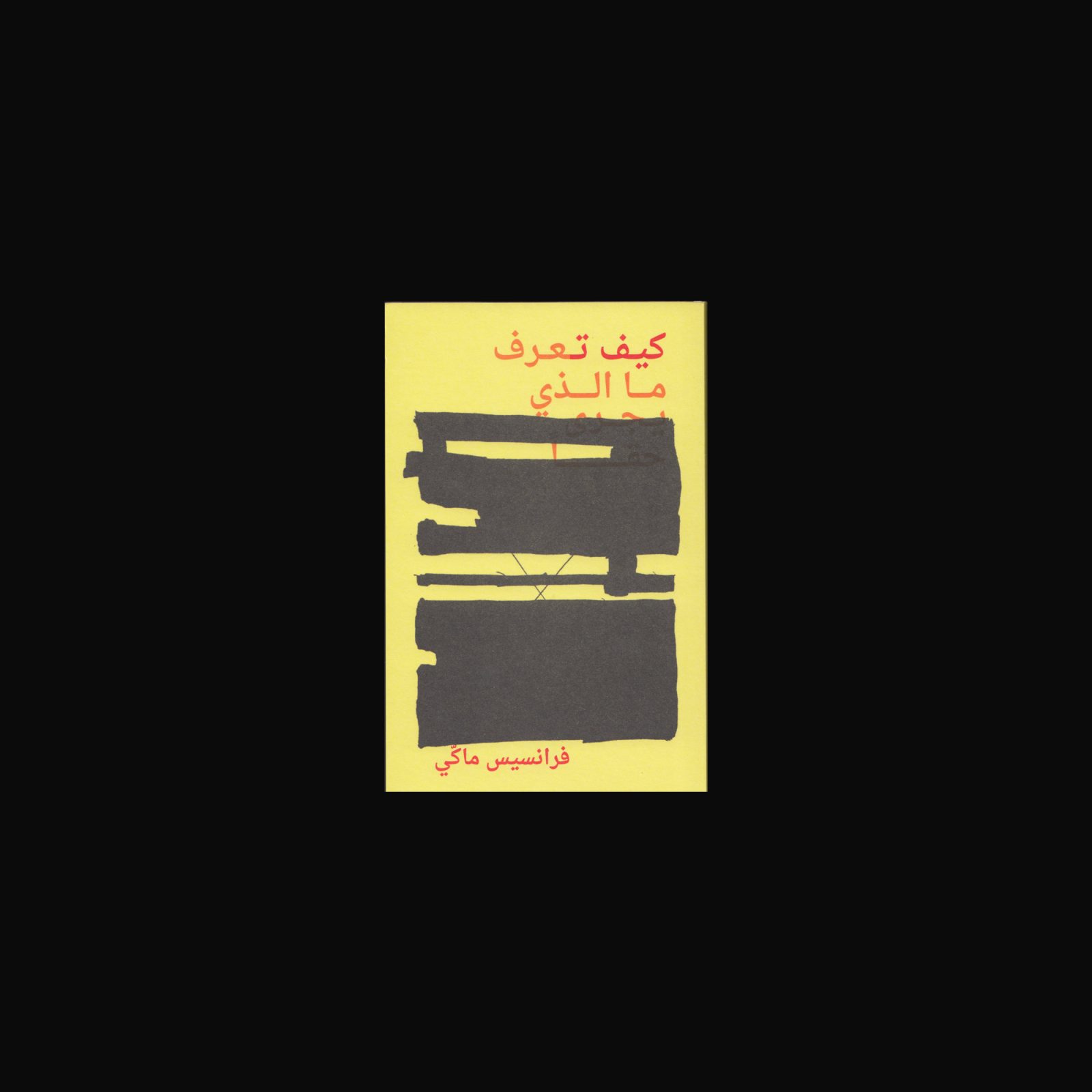

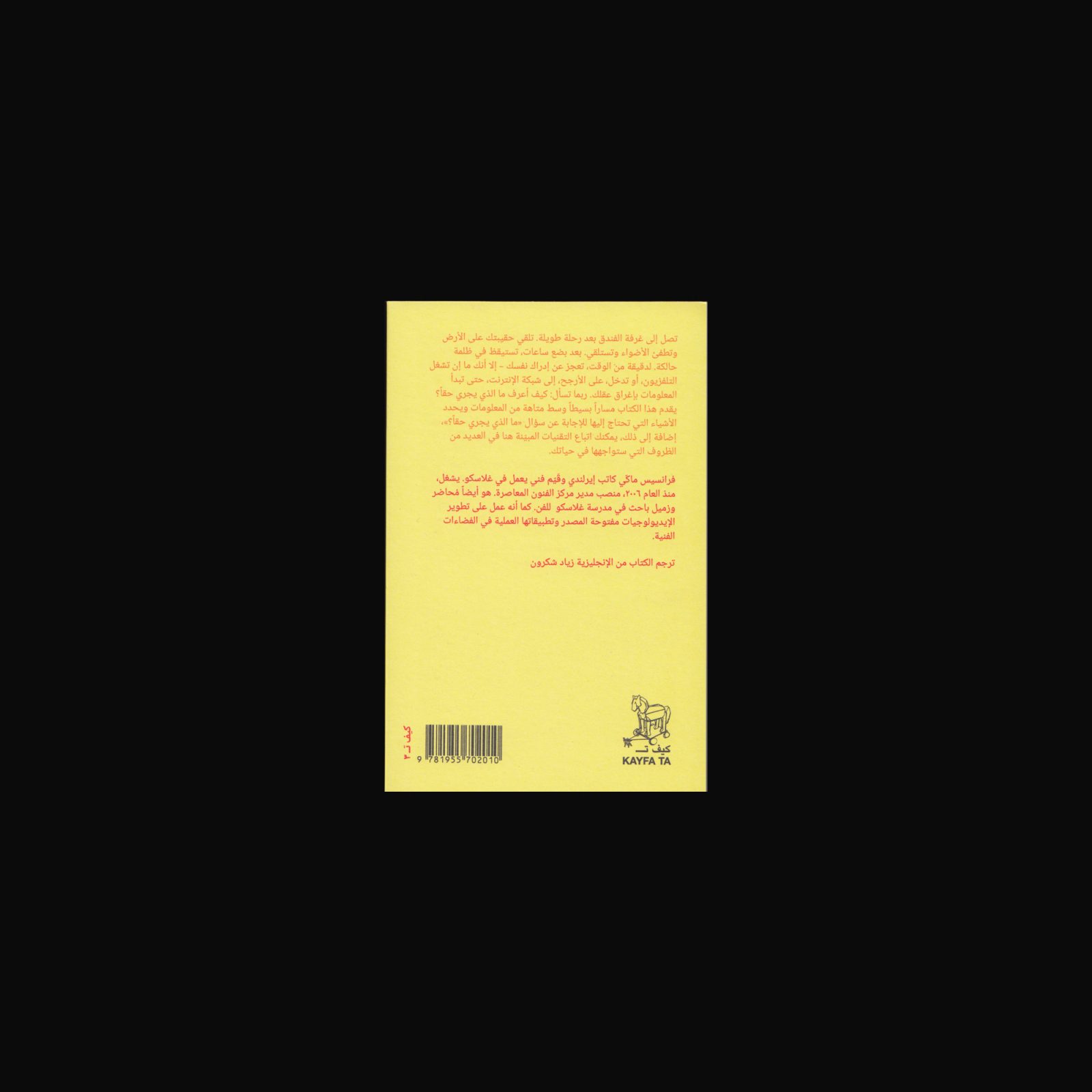
In this post-truth era, how does one navigate the endless information available and choose a viable narrative of reality? In How to Know What’s Really Happening Glasgow-based writer and curator Francis McKee looks at various techniques for determining verity, from those of spy agencies and whistle-blowers to mystics and scientists.
Francis McKee is an Irish writer, medical historian, and curator working in Glasgow where since 2006 he has been the director of the Centre for Contemporary Arts, and is a lecturer and research fellow at Glasgow School of Art. McKee has worked on the development of open-source ideologies and their practical application to art spaces.
Designed by Julie Peeters and Valerie Arif.
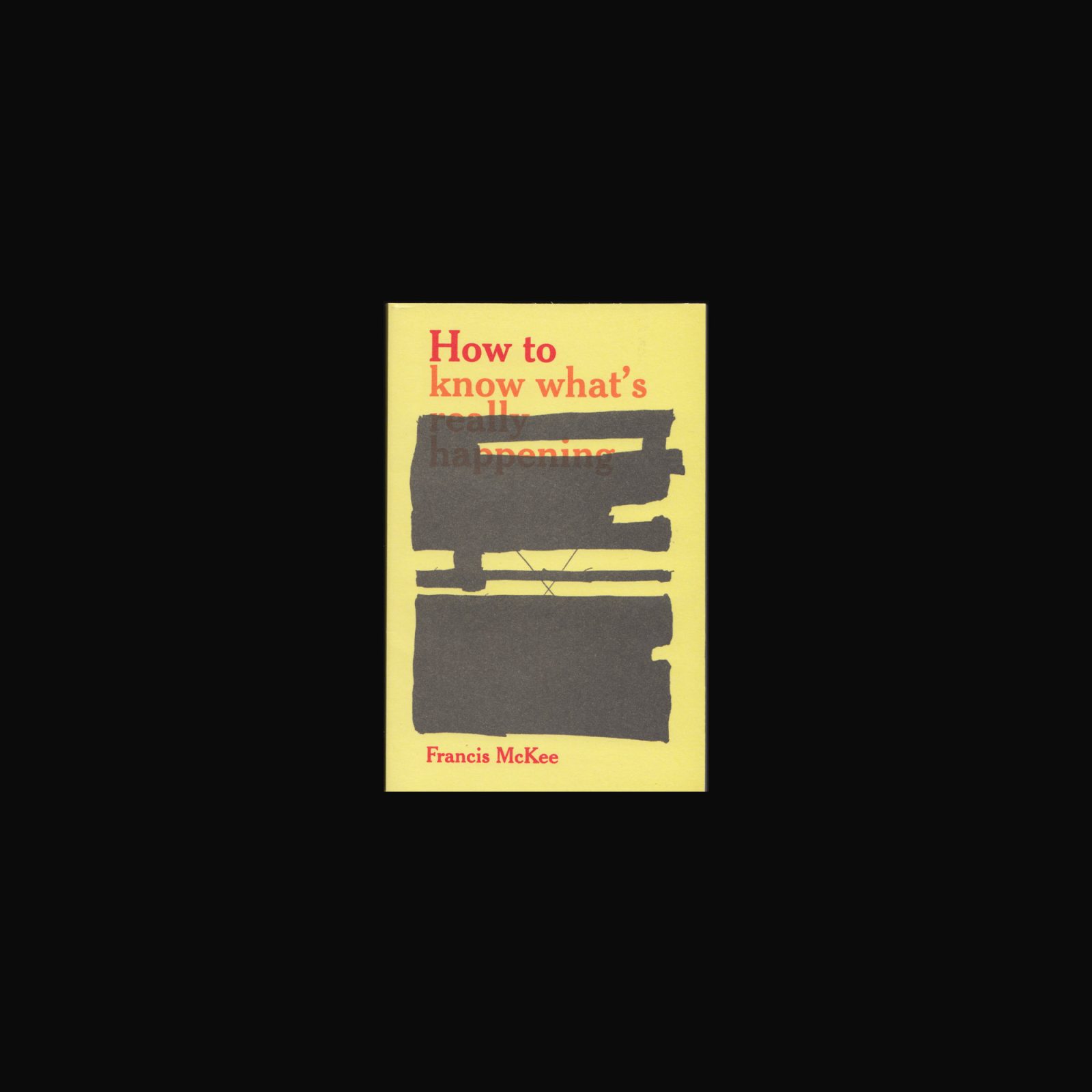

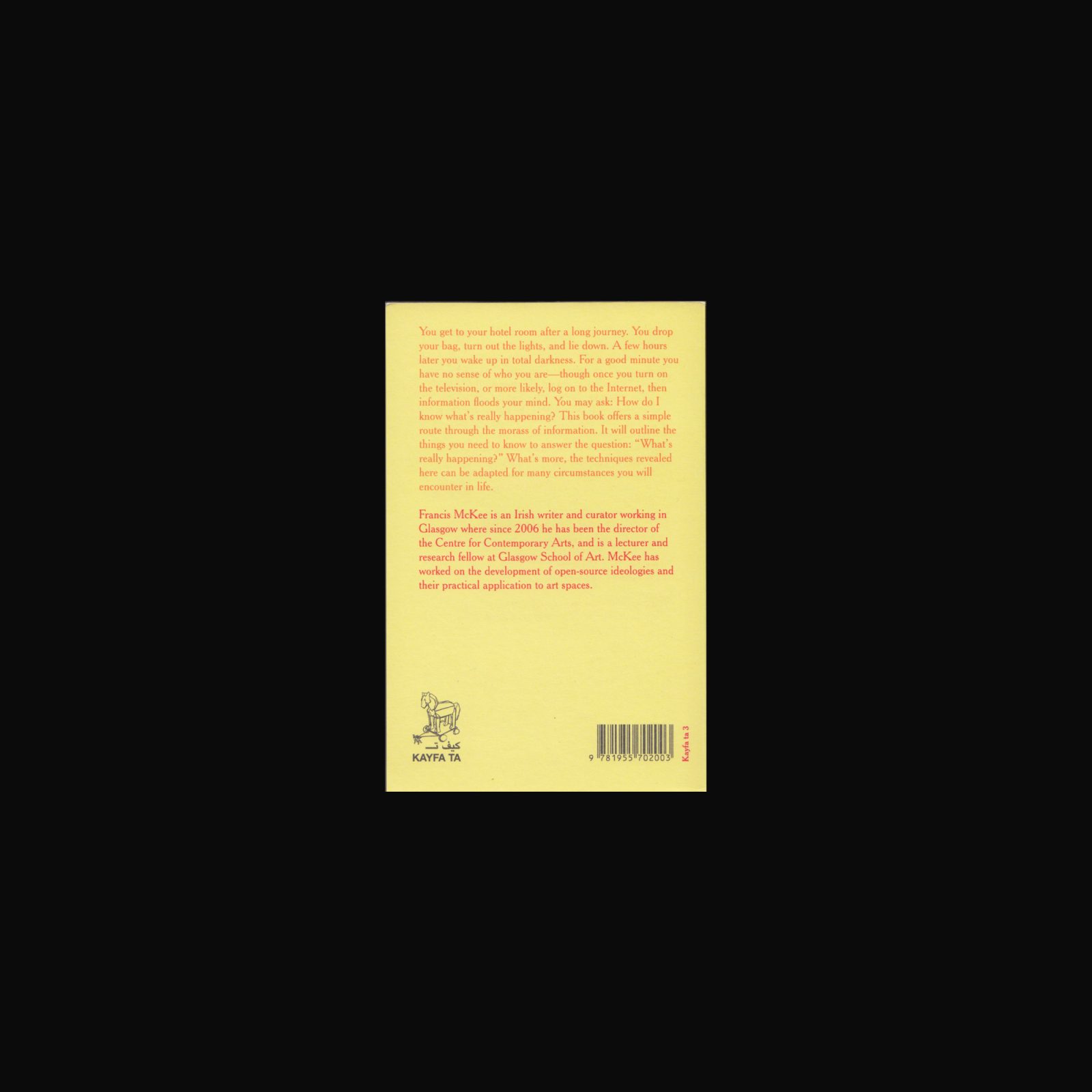
In this post-truth era, how does one navigate the endless information available and choose a viable narrative of reality? In How to Know What’s Really Happening Glasgow-based writer and curator Francis McKee looks at various techniques for determining verity, from those of spy agencies and whistle-blowers to mystics and scientists.
Francis McKee is an Irish writer, medical historian, and curator working in Glasgow where since 2006 he has been the director of the Centre for Contemporary Arts, and is a lecturer and research fellow at Glasgow School of Art. McKee has worked on the development of open-source ideologies and their practical application to art spaces.
Designed by Julie Peeters and Valerie Arif.
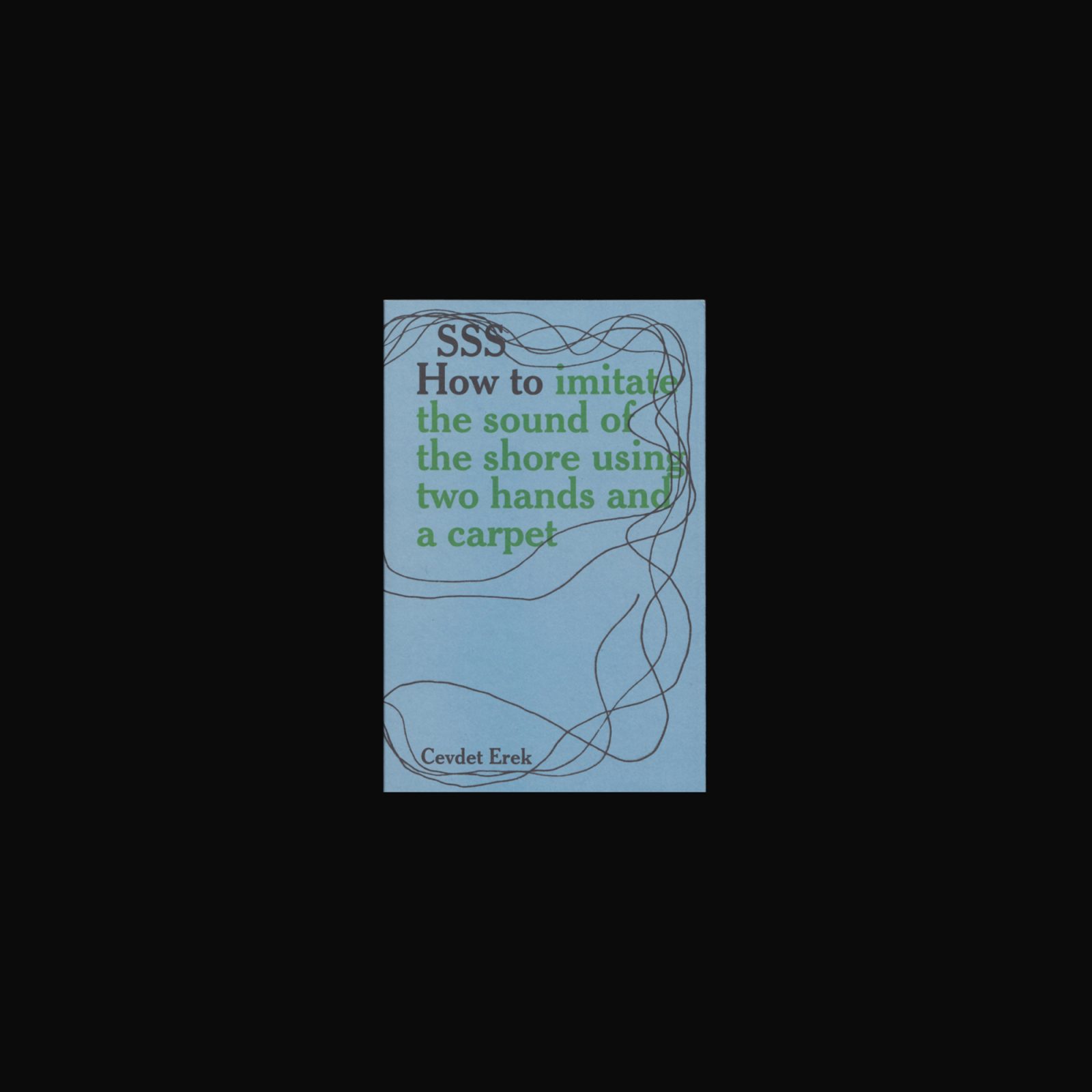

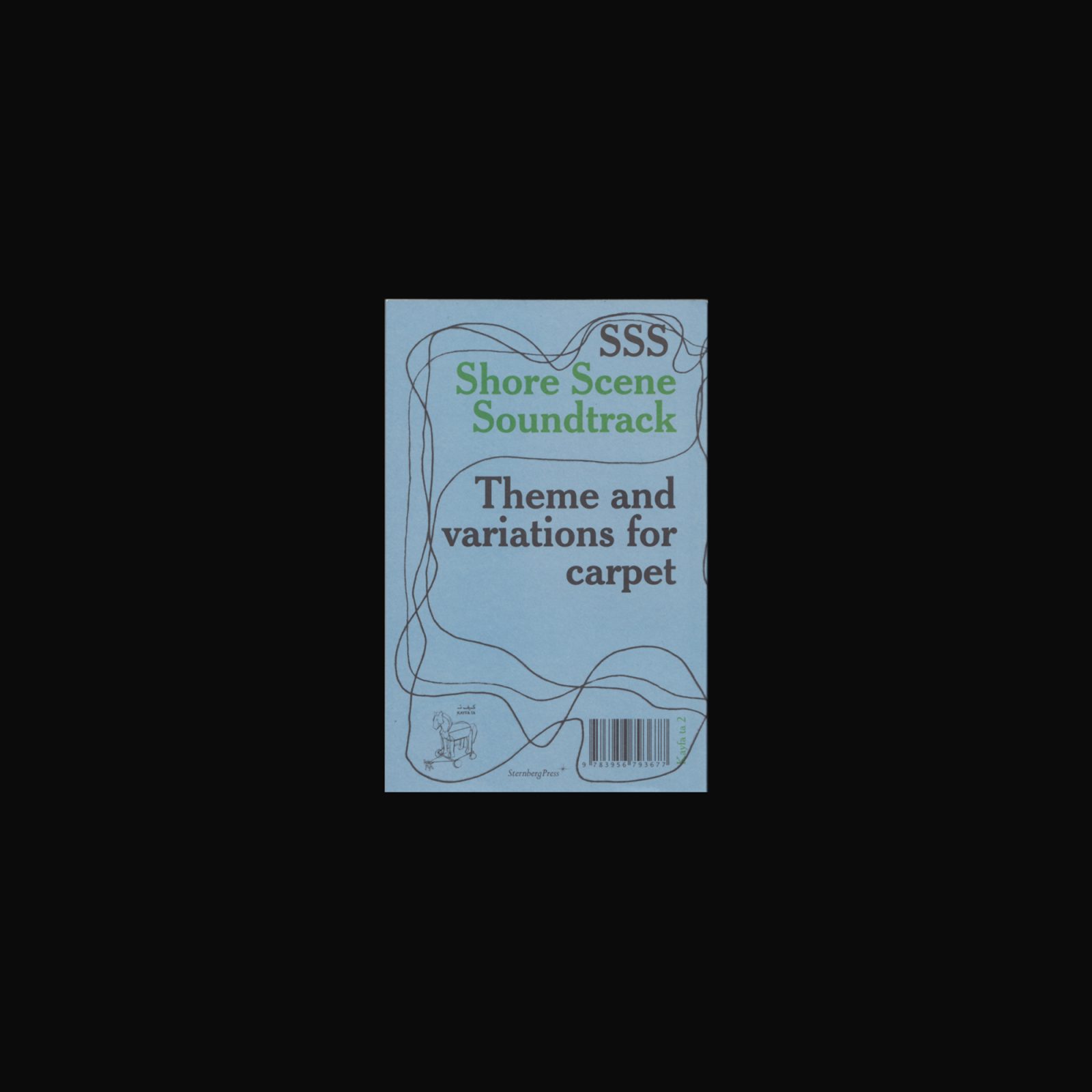

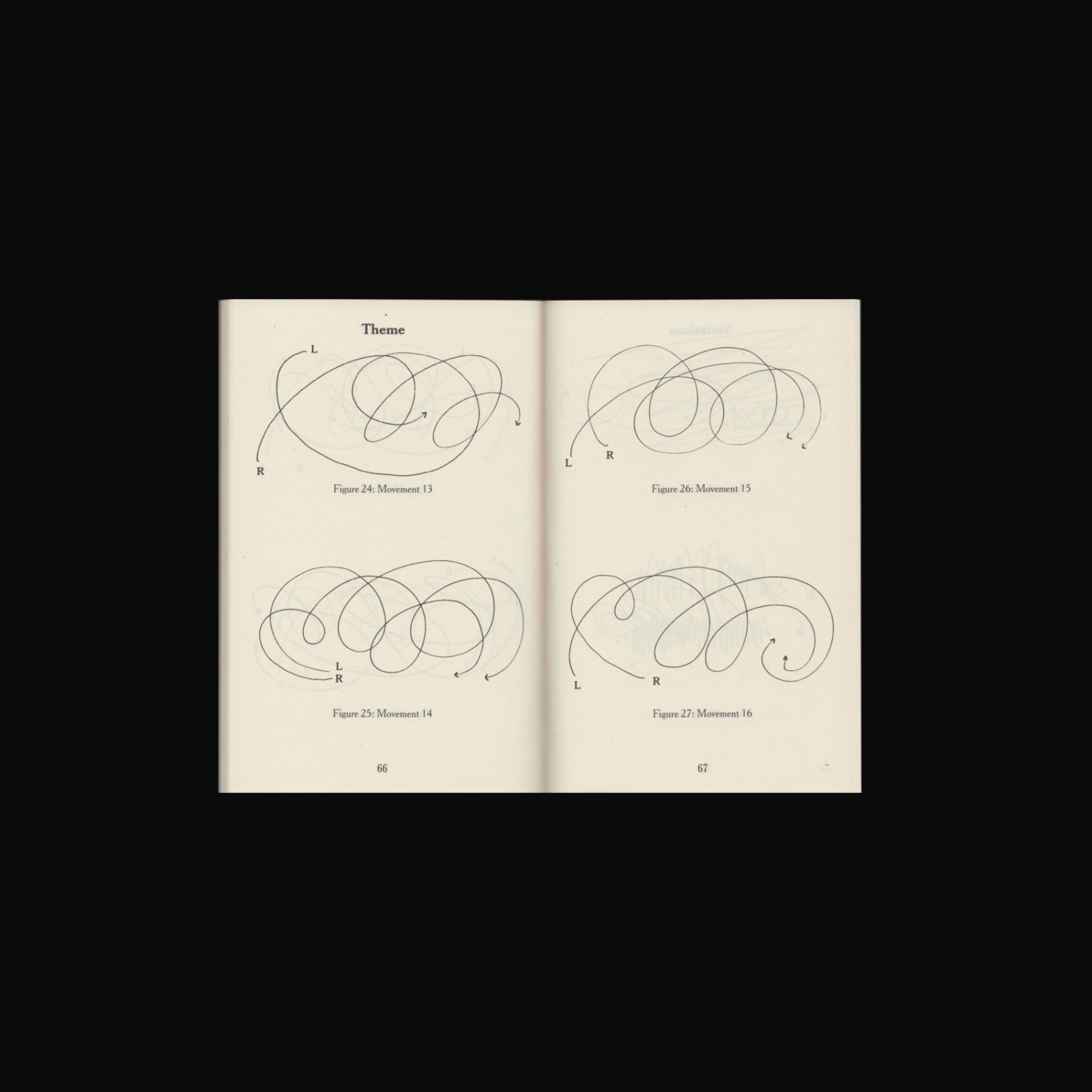
SSS: How to imitate the sound of the shore using two hands and a carpet is, at first glance, exactly what it claims to be: an in-depth manual for staging a private (or public) performance, in which one uses both hands and a carpet to imitate the sounds of water making contact with land. Istanbul-based artist Cevdet Erek’s book includes diagrams and photographs, which illustrate possible methods for producing this effect, while also addressing theoretical and methodological issues related to the representation of nature.
SSS is the second book in the Kayfa ta series, a publishing initiative of Maha Maamoun and Ala Younis. Each book in the series is a monographic essay commissioned in the style of how-to manuals that situation themselves in the space between the technical and the reflective, the everyday and the speculative, the instructional and the intuitive, and the factual and the fictional. Design by Julie Peeters
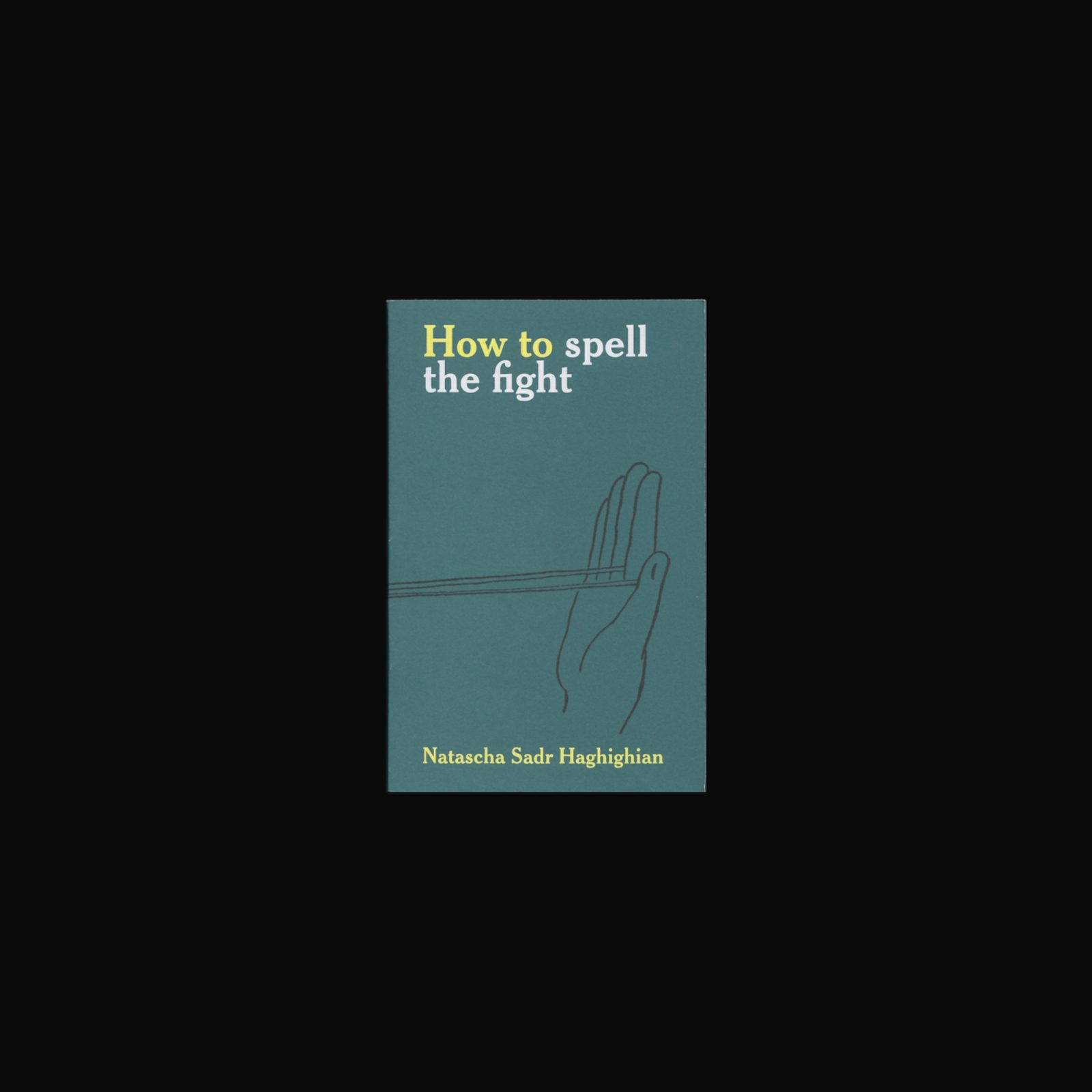

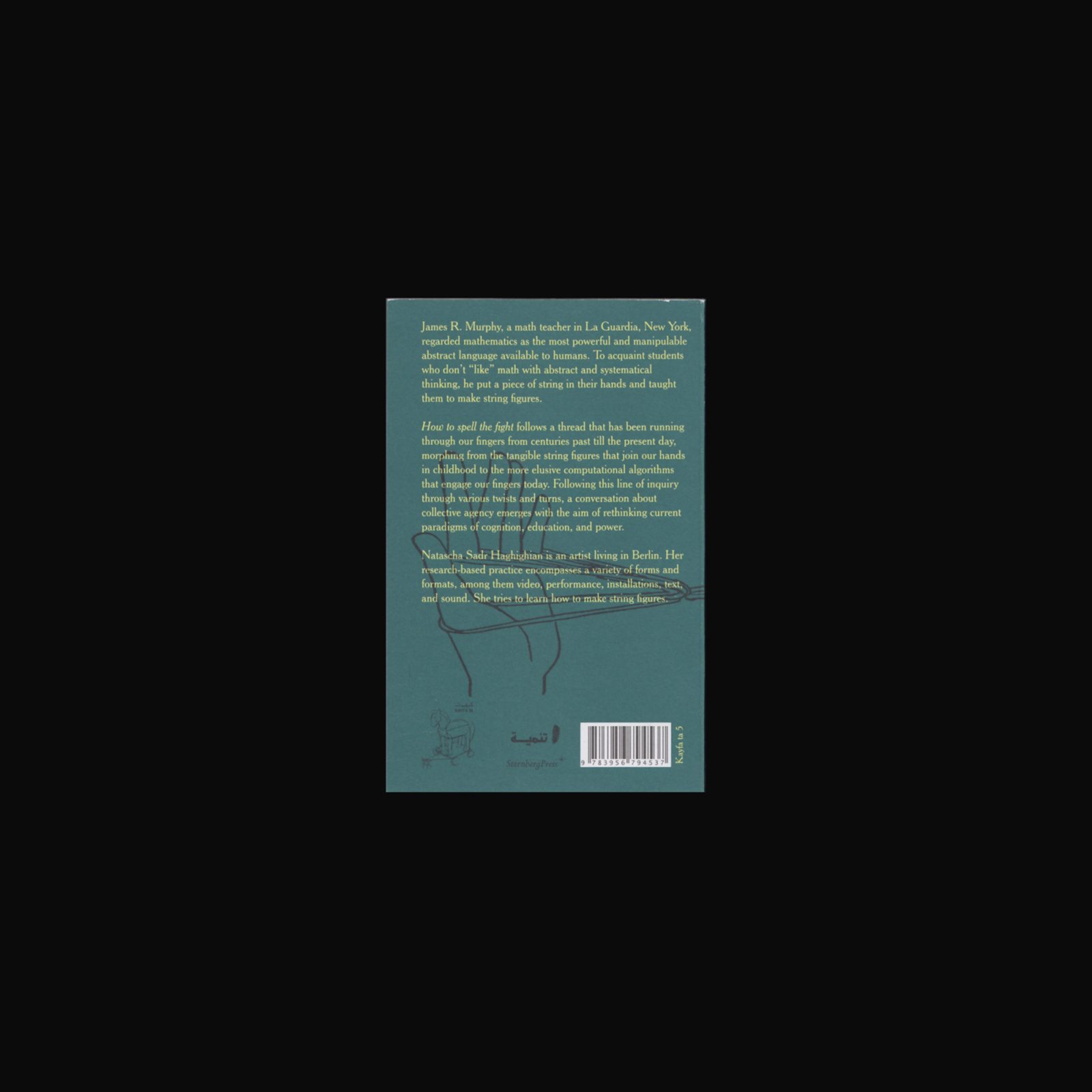
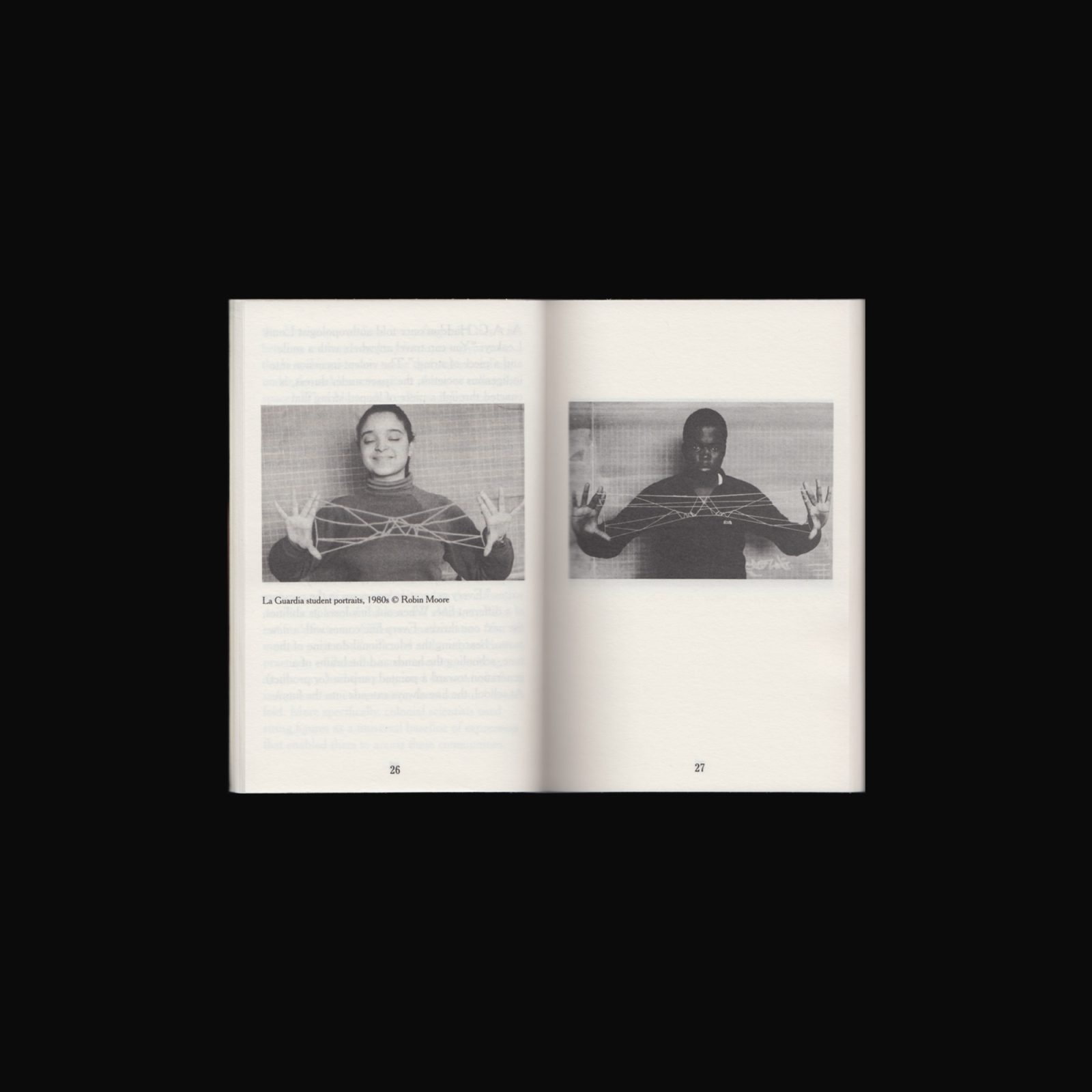
James R. Murphy, a math teacher in La Guardia, New York, regarded mathematics as the most powerful and manipulable abstract language available to humans. To acquaint students who don’t “like” math with abstract and systematical thinking, he put a piece of string in their hands and taught them to make string figures.
How to spell the fight follows a thread that has been running through our fingers from centuries past till the present day, morphing from the tangible string figures that join our hands in childhood to the more elusive computational algorithms that engage our fingers today. Following this line of inquiry through various twists and turns, a conversation about collective agency emerges with the aim of rethinking current paradigms of cognition, education, and power.
Natascha Sadr Haghighian is an artist living in Berlin. Her research-based practice encompasses a variety of forms and formats, among them video, performance, installations, text, and sound. She tries to learn how to make string figures.
This is the fifth book in the Kayfa ta series, a publishing initiative of Maha Maamoun and Ala Younis. Each book in the series is a monographic essay commissioned in the style of how-to manuals that situation themselves in the space between the technical and the reflective, the everyday and the speculative, the instructional and the intuitive, and the factual and the fictional.



If this book had been titled something like “How to listen” or “How to be all ears,” the title would have been appropriate to the content and directly explained the book’s focus. Why, then, does the title prefer to obscure its subject rather than reveal it, running counter to a title’s traditional function? The reason is that this book is grounded in the experience of the unseen listener. Speakers are seen when they speak, whereas listeners recede into the background of the scene dominated by speakers. Listeners spend a long time listening to that around them, and hope to maintain their wall-flower position when they speak—their speech having no need to take front row or appear in the spotlight. The title of this book conceals its subject in a desire to protect the listener from returning to the spotlight once he or she has left it.
Haytham El-Wardany is an Egyptian writer currently residing in Berlin. He recently published Kitab Al-Nawm (The Book of Sleep).
This is the first book in the Kayfa ta series, a publishing initiative of Maha Maamoun and Ala Younis. Each book in the series is a monographic essay commissioned in the style of how-to manuals that situation themselves in the space between the technical and the reflective, the everyday and the speculative, the instructional and the intuitive, and the factual and the fictional. Design by Julie Peeters.